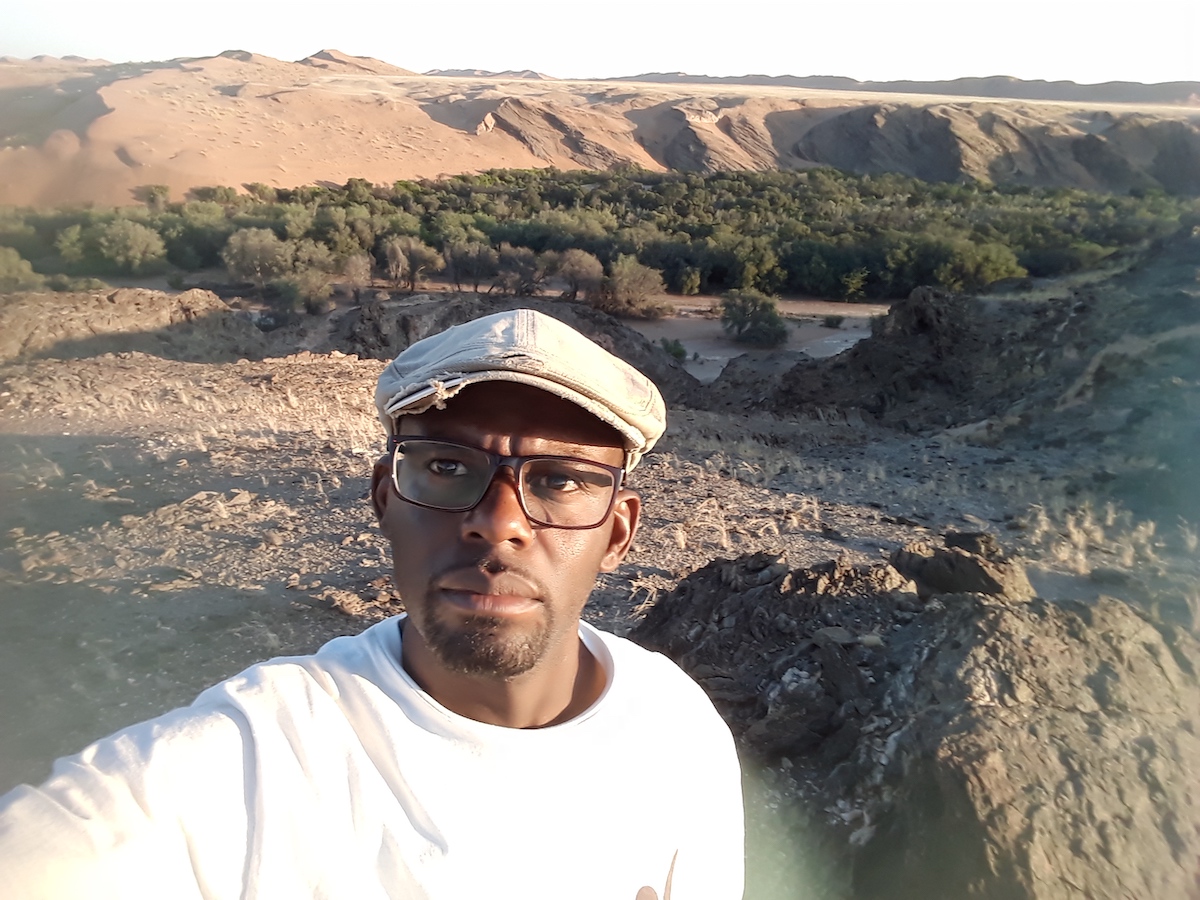A City at Your Feet: Windhoek Trails
August 6, 2019
Jermain Ketji: Journey in Conservation and Tourism
August 6, 2019Text and Photographs Le Roux van Schalkwyk
Small towns tend to have loads more character than cities, not even to mention the actual characters who call these towns home. When travelling, we often drive through these tiny places without giving them a second glance, because we are in such a rush to get to our destination.
Helmeringhausen in the deep south of Namibia, with its one and only road of 400 metres, could potentially be missed if you don’t pay attention. Some places like Kamanjab solved this problem by strategically placing a four-way stop on the main road. A great way to make travellers realise they are passing through your town.
Helmeringhausen is the result of one man’s dream. Hubert Hester was born in Helmeringhausen, Germany, on 30 October 1885. In 1907, at the age of 22, he arrives in German South West Africa as a marine and decides to stay, volunteering for service in the Schutztruppe. During his two years of service he is stationed at the military post of Chamis, 20 km from where he would eventually build his own small town. Hester distinguishes himself, along with the other members of his patrol, for being among the first to cross and explore the Namib Desert. Starting at Duwisib, it took the patrol and their camels 14 days to reach the coast and back.
A few years after settling on a farm in the Bethanie district in 1911, the First World War breaks out and he once again joins the Schutztruppe, this time to fight the invading South African Forces. Hester is involved in the first battle between Union troops and the Schutztruppe on 26 September 1914 at the Sandfontein watering site between the Orange River and Warmbad. After his commanding officer is shot dead right next to him, he carries the body off the battlefield while under constant enemy fire. For this act of bravery he is awarded the Iron Cross.
LEFT TO RIGHT
The Agricultural Museum of Helmeringhausen displays an array of antique farming implements.
The entrance to the Helmeringhausen Hotel and Guest Farm
The office of the Farmers’ Association of Helmeringhausen.
1919 Hester buys a 10 700 ha farm named Brons for £900 and changes the name to Helmeringhausen. As time goes by he starts erecting more and more buildings, creating the little town we know today. In 1934 he builds the hotel, followed by the service station in 1935 and the first shop in 1937. Due to his German origin he is interned at the internment camp at Koffiefontein at the outbreak of the Second World War. He spends six years there before he is allowed to return to his farm. Continuing his efforts, he builds a post office in 1948, the small residential building in 1950 and the current shop in 1953. It is said that he singlehandedly constructed every building in town.
On 27 May 1972 this colourful character and pioneer passes away at the ripe old age of 87. According to the obituary in a local newspaper Hester was still strong and healthy shortly before his death. Almost until his last days he was still the area’s news correspondent for the Suidwester newspaper. He had also been a correspondent for the South African Broadcasting Corporation since 1956.
The Helmeringhausen Hotel & Guest Farm now belongs to the Basler family and guests are still treated with the same wonderful German hospitality. The cosy restaurant is a popular lunch stop-over for travellers and the hotel a good place to spend the night. Right next to the hotel is the Agricultural Museum of Helmeringhausen, founded by the local Farmers’ Association, which displays an array of antique farming implements. Fuel is available at the service station and at the shop you’ll find almost anything you are looking for.
Next time when travelling south, make sure to take the quiet back roads and visit this tiny town with the big character.
FROM TOP, LEFT TO RIGHT
One-stop shop: The Helmeringhausen shop, bottle store and post office
Friendly locals
You’ll have to try it to judge for yourself
Helmeringhasuen is not only good for a quick stop-over, but offers weary tourists some excellent accommodation
The entrance to the Helmeringhausen Hotel and Guest Farm
HOW TO GET THERE
Helmeringhausen, on the C14 south of Maltahöhe, is centrally located when touring the area. From town continue on the C14 when travelling to the Fish River Canyon 300 km away, or turn off onto the C13 to Aus, from where it is another 230 km to Lüderitz. When heading to Sossusvlei, 250 km to the north, take the C27 that turns off the C13 not far from town.
This article was first published in the Winter 2019 issue of Travel News Namibia.

